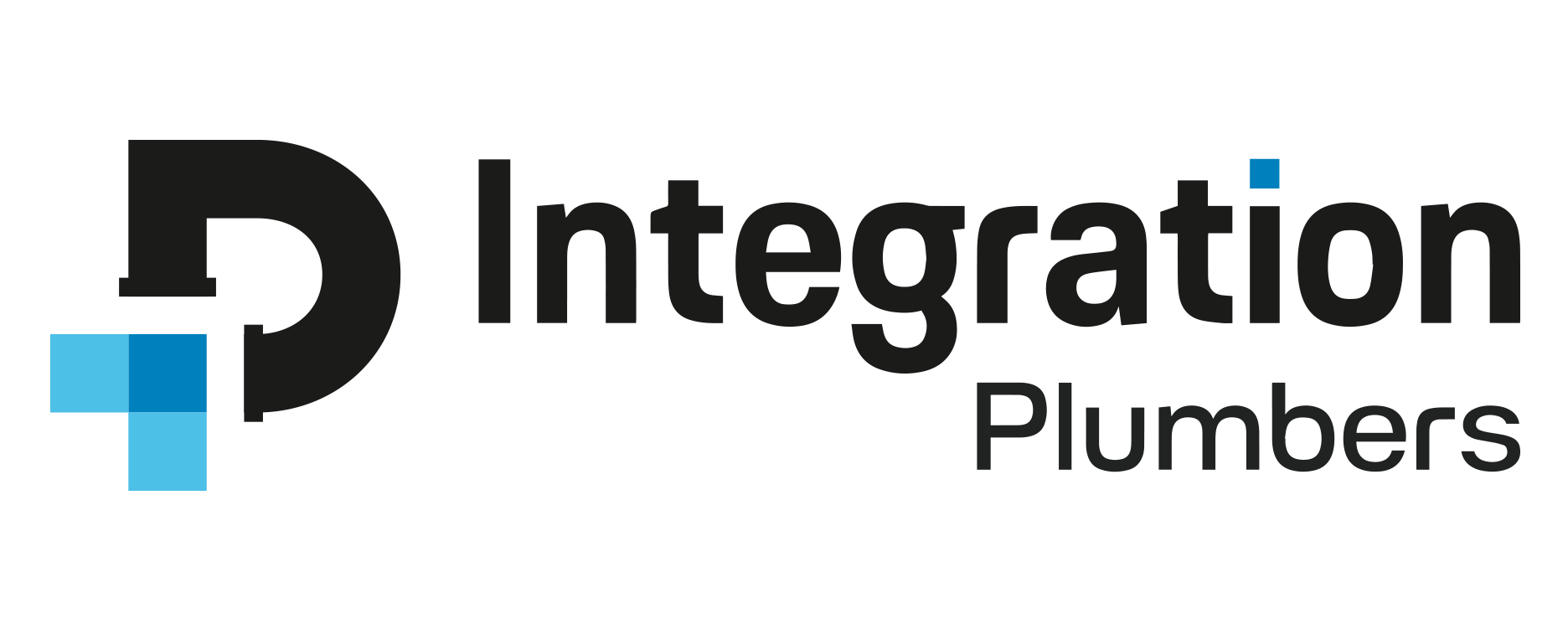PostgreSQL: Where Did It Come From, Where Is It Going?
Postgres didn’t show up with a bang. It snuck in the side-door.
Started in the mid-80s as a research project out of Berkeley, Postgres came from Michael Stonebraker, who had already helped build Ingres, one of the earliest relational database systems. But Stonebraker wasn’t done. He saw the future moving beyond relational-only thinking. So Postgres, short for “Post-Ingres,” was designed from the jump to be extensible. That one design decision—extensibility—turned out to be its superpower.
Built to Adapt: Postgres’s Quiet Superpower
You want custom data types? Sure. Need new indexing methods? No problem. Want to write your own procedural language? Go ahead. It didn’t try to box you in. That openness let Postgres adapt to use cases that didn’t even exist when it was born.
The name eventually picked up the “SQL” part when it added support for the language, but if you hear someone call it “Postgre,” they’re probably new around here. Everyone else just calls it Postgres.
For a while, Postgres flew under the radar. MySQL got all the startup love in the 2000s, Oracle still dominated the enterprise, and Microsoft’s SQL Server was the safe corporate choice. But something shifted around the early 2010s.
Companies started realizing they were overpaying for Oracle and getting locked into rigid architectures. At the same time, Postgres kept getting better. Better performance. Better replication. Better tooling. The open source community around it exploded, and suddenly Postgres was the smart choice, not just the cheap one.
Then the cloud hit, and it changed everything.
The Cloud Tipping Point
AWS RDS added Postgres support in 2013. That single move brought Postgres into reach for every developer and IT team that didn’t want to babysit a server. Google and Azure followed. Today, Postgres is the default for new workloads across every major cloud.
Then came industry buy-in. Doordash, Instagram, and Reddit use it to power high-scale consumer apps. Goldman Sachs uses it internally. The U.S. State Department and other government entities rely on it. Timescale built a billion-dollar time-series database on top of it. Supabase is rebuilding Firebase using Postgres under the hood. Citus got acquired by Microsoft. EDB turned it into a fully managed enterprise platform. Every one of them bet on the core stability and flexibility of the Postgres engine.
What’s driving that?
It’s simple. Postgres doesn’t try to be flashy. It just works—and it keeps evolving. The recent explosion of extensions has only made it more powerful. You want AI workloads? Drop in pgvector. Need geospatial? PostGIS is already the standard. Time series? TimescaleDB is light years ahead of roll-your-own solutions. Want your DB to speak Kafka? There’s an extension for that too.
Bringing PostgreSQL into the Enterprise Fold
But with great power comes complexity. At Integration Plumbers, we work with a lot of large Oracle shops that are embracing Postgres, but not without challenges. Many of them have thousands of databases already monitored through Oracle Enterprise Manager (OEM). Postgres can’t be an island. So we built the PostgreSQL Plugin for OEM—bringing Postgres into the same visibility framework those teams already know and trust.
We’ve helped teams monitor, manage, and optimize their Postgres environments right alongside Oracle, without the usual integration pain. And for folks starting from scratch, we also do full Postgres implementations, HA setups, extension tuning, and long-term support.
Postgres has been here for thirty-plus years, and it’s still gaining ground. It survived every trend the tech world threw at it—NoSQL, NewSQL, serverless, cloud-native—and came out stronger. It didn’t chase the hype. It just got better, every year, without fail.
If you’re using OEM and want to pull Postgres into your fold without duct tape and spreadsheets, or if you’re looking for help getting Postgres off the ground and into production, we should talk.
Shoot us a note. We’ll show you how we make Postgres enterprise-ready, no fluff, no BS. Just results. Get in touch with us here.



